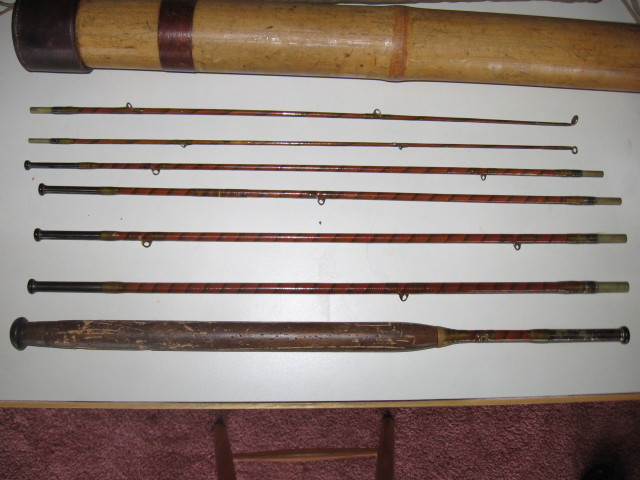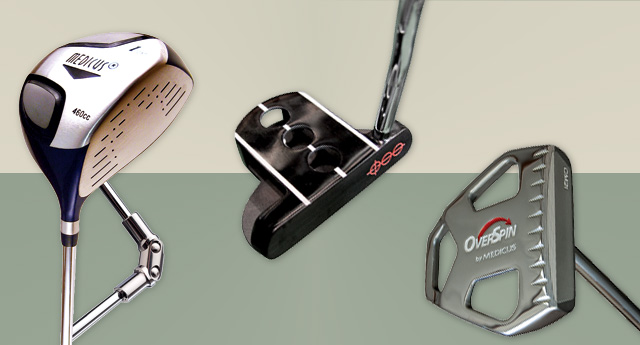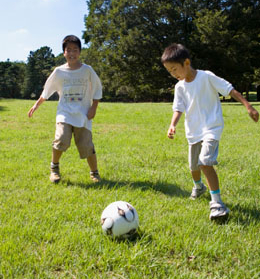Two Things Golfers Must Do To Improve Their Consistency
Many weekend golfers struggle with the issue of consistency. There are many reasons for this, but the main one is a lack of practice. This is generally a given for us weekend golfers. We simply don't have enough time to practice. So here are two small things you can do that will help you improve your consistency.
A very important part of consistency is distance control. If you know the exact distance you are going to hit the ball with a particular club, then you can select the correct club when faced with a certain distance.
Now many of you may say that this is obvious and I completely agree with you, but just hear me out for a second. If you hit ten balls one after another, how many do you strike perfectly in the sweet spot? Four maybe five, so at best you hit 50% of your shots in the sweet spot. Now that is not such a great result. So why is it that weekend golfers then record the distance of the ball hit in the sweet spot as the distance for a particular club. It just doesn't make sense because that ball will fly the furthest every time and you will only hit the sweet spot 50% of the time so there is a 50% chance you will be short.
So here is tip number one. Hit at least 25 balls with a particular club. Then go to where the balls landed. They should be grouped about 25 yards from shortest to furthest. Then select the ten balls that are grouped closest together distance wise and record their average distance as the distance for that club. You should do this for every club in your bag. Next time you go to the golf course you will have the best average distance for each club and your resulting shots should be alot more distance accurate.
Tip number two is also about distance control, but this one is to do with your short game. How often do you address a chip shot and are not entirely sure how far to swing the club for a desired distance? This is especially tricky if you havn't played in a while. You know where the ball should land and how far it will roll on the green, but you have no idea how far to swing the club to achieve the desired distance.
Take note. This tip is only for the distance the ball will fly in the air till it bounces for the first time. What the ball does after that depends on numerous factors like how much you spin the ball, the slope and speed of the green and the club you chose. These factors will have to be determined by you on the day.
So tip number two.
1). Mark distances with tees or golf balls starting at 5 meters from where you will be chipping from and place another distance marker every meter after that up to 25 meters.
2). Now comes the important part. You have to visualise the distance of your backswing using the analogy of a clock. 6 o'clock is the position of the club behind the ball. 9 o'clock is the position of the backswing when the shaft is parallel to the ground, 10 o'clock is slightly further, etc.
3). Now using, for example, your sand wedge. Swing to 7 o'clock and hit the ball. Do this with 25 balls. Pay careful attention to the distance the ball lands at and record that distance. For example, sand wedge at 7 o'clock equals 5 meters of flight.
4). Do this for each club you chip with and for each consecutive hour on the clock starting at 7 o'clock all the way to 12 o'clock. Record all the flight distances for each club and each hour on one page.
Next time you go to the golf course and you face a chip that has to fly seven meters. Your piece of paper will tell you that you can either take a sand wedge and swing to 10 o'clock or take a pitching wedge and swing to 9 o'clock for a ball flight of seven meters. You will never have to worry about distances again because you will have them all with you and you will know exactly how far to swing.
These two tips should greatly improve your consistency on the course.
How to Get a Great Pre-shot Routine and Improve Your Consistency on the Golf Course
A Couple Of Simple Tips That Will Drastically Improve Your Putting


